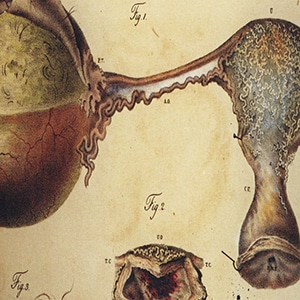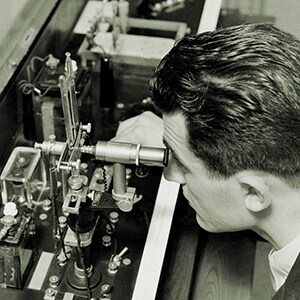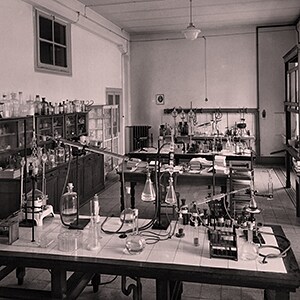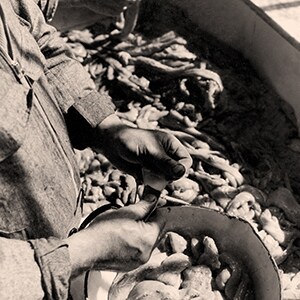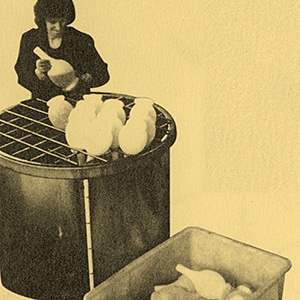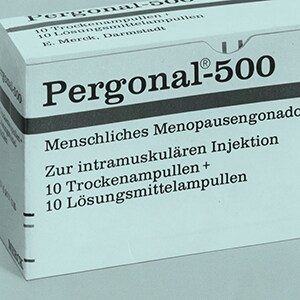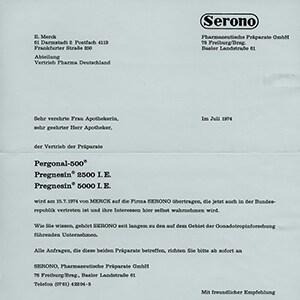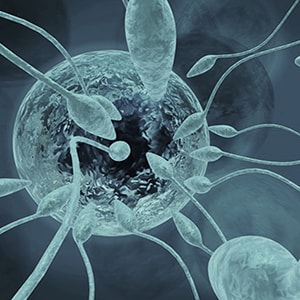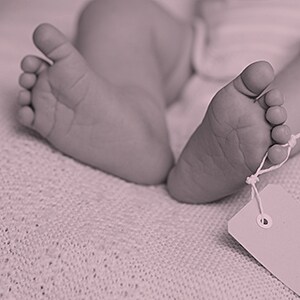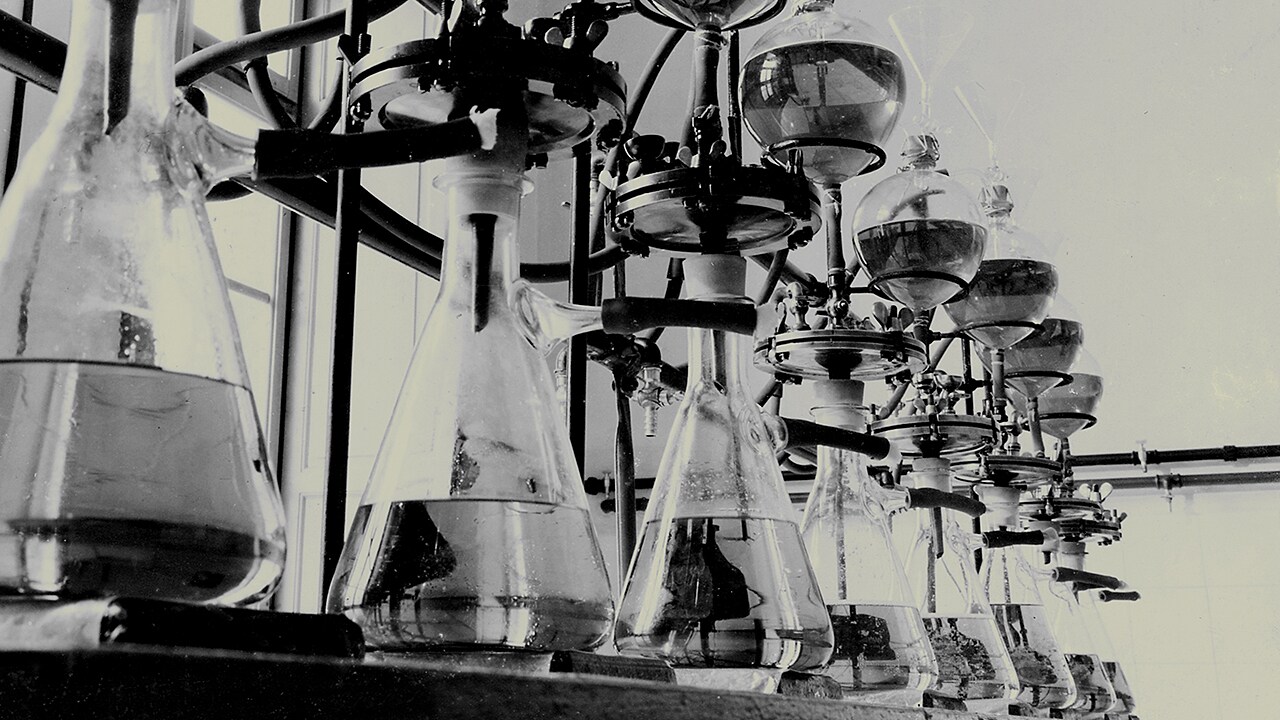
textblock default title
»We believe parenthood is a right, not a privilege!«
Jan Kristen, company Fertility, 2018
In 1906, Cesare Serono founds the Istituto Farmacologico. This company, which Merck KGaA, Darmstadt, Germany, acquires in 2007, specializes in the extraction and purification of natural active ingredients. Serono carries out pioneering work in the treatment of infertility. In 1949, Piero Donini, a chemist, succeeds in extracting and purifying gonadotropin from the urine of postmenopausal women; it had traditionally been obtained from animal pituitary glands. Body fluids from women after the menopause are ideal because aging ovaries stop producing hormones, causing the body to respond by increasing its production of egg-producing hormones. The first product containing human menopausal gonadotropin, Pergonal 25 Serono, is registered in Italy in 1950. The first child to be conceived with hormonal support from Pergonal is born in 1962. The active ingredient of Pergonal is classified as the international standard by the World Health Organization (WHO) – a major achievement.
To satisfy an ever-growing demand for human menopausal gonadotropin, the raw material sourcing issue needs to be solved. Serono initially sources urine from various old people’s homes and monasteries near Rome, then builds up local collection systems throughout Italy and later in other countries. Potential donors undergo stringent health checks as the highest standards must be met. Donors receive gifts at Christmas but no money, the motivation being similar to that for donating blood. 80 million liters of urine from 400,000 donors are delivered in 1998.
Meanwhile, many countries enact regulations on the use of products derived from human starting materials. This development and a globally increasing unmet need for fertility hormones leads to a decision of strategic importance: to replace extraction from human body fluids with biotechnological manufacture of the active substance. The method applied here uses biological processes to make complex »recombinant« proteins.
Serono manufactures the world’s first recombinant human follicle-stimulating hormone drug for clinical use in 1988. Four years later, the first baby is born following treatment with the substance, which enters the market in the mid-1990s under the name Gonal-f. Other innovative products soon become available to help infertile couples at every stage of the reproductive cycle.
The leadership position of Merck KGaA, Darmstadt, Germany, in reproductive health would be inconceivable without the decades of research by Serono. Pietro Donini, a chemist and pioneer in the search for a treatment for infertility, successfully extracts gonadotropin from the urine of post-menopausal women.
Gonadotropins regulate female and male sexual function and qualify as gender-unspecific but largely species specific sexual hormones. They are launched under the brand names Pergonal-500 and Pergonal-200.
The company and Serono had already collaborated in the field of reproductive biology around 40 years prior to the acquisition. From 1970 to 1974, E. Merck, Darmstadt, Germany, commercializes in Germany gonadotropin products from Serono. Today, Merck KGaA, Darmstadt, Germany, has a portfolio of fertility medicines for all stages of there productive cycle.

